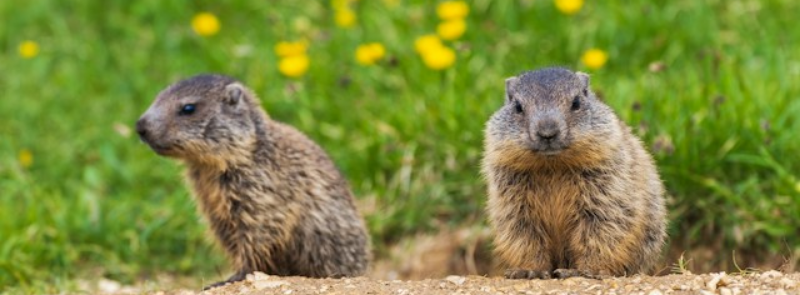
When It Occurs
Every April 7th
Official Website
Timeline
Days Passed (997)
# Hashtags
#InternationalBeaverDay #EcosystemEngineers
Annually observed on April 7th, International Beaver Day was established in 2009 by Beavers Wetlands & Wildlife (B.W.W.), a non-profit organization with members across the United States, Canada, and other nations. This day offers an opportunity to acknowledge and value the crucial role that beavers play in various ecosystems. Referred to as ecosystem engineers by scientists, beavers are recognized for their ability to create, modify, and contribute to the maintenance of habitats and ecosystems.
Origins and History
- Established by: The organization Beavers: Wetlands & Wildlife (BWW).
- First Observed: The exact year of the first observation is not clearly documented, but the day was established to honor the birthday of Dorothy Richards, a renowned beaver advocate and researcher.
- Purpose: To raise awareness about the crucial role beavers play in maintaining healthy ecosystems and to promote conservation efforts.
Significance
- Ecological Role: Beavers are often referred to as "ecosystem engineers" because of their ability to shape and create habitats that benefit a wide range of species.
- Water Management: Beavers contribute to water management by building dams that help control water flow, reduce erosion, and create wetlands.
- Biodiversity: The wetlands created by beaver activity support diverse plant and animal life, enhancing local biodiversity.
- Climate Resilience: Beaver ponds can help mitigate the impacts of climate change by storing water and maintaining stream flows during droughts.
Key Messages
- Conservation Awareness: Highlighting the importance of conserving beaver populations and their habitats.
- Environmental Education: Educating the public about the ecological benefits of beavers and their role in maintaining healthy ecosystems.
- Human-Beaver Coexistence: Promoting coexistence strategies that allow humans and beavers to live harmoniously.
- Celebrating Beavers: Recognizing and appreciating the contributions of beavers to the environment.
Typical Activities
- Educational Programs: Hosting workshops, lectures, and presentations about beavers and their ecological importance.
- Field Trips and Tours: Organizing trips to beaver habitats to observe their dams, lodges, and the wildlife they support.
- Documentaries and Films: Screening documentaries and films that showcase beavers and their role in nature.
- Conservation Projects: Launching or participating in local conservation projects aimed at protecting beaver habitats and promoting sustainable management practices.
- Social Media Campaigns: Sharing information, photos, and videos about beavers on social media to spread awareness and engage a broader audience.
Global Observances
- Environmental Organizations: Groups like Beavers: Wetlands & Wildlife and other wildlife conservation organizations often spearhead events and activities.
- Schools and Universities: Educational institutions may incorporate lessons about beavers into their science curricula and organize related activities.
- Nature Centers and Parks: Many nature centers, parks, and wildlife refuges host special programs and events to celebrate the day.
- Community Groups: Local community groups and nature clubs often organize beaver-related activities and outreach efforts.
Notable Contributions and Advocates
- Dorothy Richards: A pioneer in beaver research and conservation, her birthday is the inspiration for International Beaver Day.
- Beavers: Wetlands & Wildlife (BWW): An organization dedicated to the education and conservation of beavers, playing a key role in promoting this observance.
Conclusion
International Beaver Day is a significant observance that highlights the crucial role of beavers in maintaining healthy ecosystems and promoting biodiversity. Through educational programs, field trips, conservation projects, and social media campaigns, this day aims to raise awareness about the importance of beavers and the need for their protection. By celebrating International Beaver Day, individuals and communities can gain a deeper understanding of these remarkable animals and their contributions to the environment, fostering a greater commitment to their conservation.


